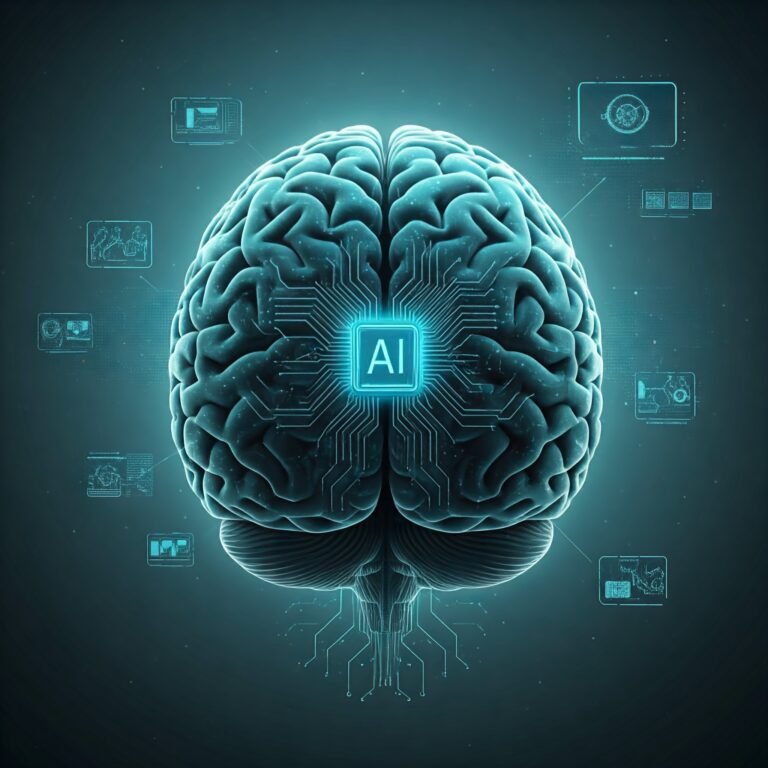In 2024, The Latest Advancements in Generative AI are revolutionizing multiple industries. Specifically, developments now extend beyond text generation to include image synthesis, voice, and video creation. This multimodal shift not only enhances GenAI’s capabilities but also enables broader applications, ranging from automating business processes to creating personalized customer experiences. As technology progresses, several key trends are emerging, clearly showcasing how The Latest Advancements in Generative AI shape the digital landscape.

Enterprise Customization of AI Models:
One major advancement, for instance, is the customization of GenAI to meet specific business needs. Consequently, companies are moving away from one-size-fits-all models. Instead, they are tailoring GenAI tools to their unique data and operational requirements. For example, retail businesses use GenAI to refine inventory management by predicting demand based on customer preferences. Meanwhile, financial institutions enhance client interactions, thus increasing engagement and loyalty. This trend illustrates how organizations leverage proprietary data for efficient and reliable AI applications tailored to their industries.
The Growth of Open-Source Models:
Moreover, open-source GenAI models are gaining traction as businesses aim to innovate without incurring high costs associated with proprietary development. By using platforms like Hugging Face, companies can accelerate AI applications in critical areas such as climate science and healthcare. For instance, IBM’s collaboration with NASA produced a geospatial AI model that assists in tracking deforestation and greenhouse gas emissions. This example highlights how The Latest Advancements in Generative AI are addressing pressing global issues.
Multimodal Capabilities:
In addition, recent advancements are integrating text, speech, and image data into unified models. This multimodal approach allows AI systems to understand context more accurately, which opens up new possibilities in fields like customer service and healthcare. For instance, a multimodal AI could analyze a client’s spoken request during a support call, while also interpreting accompanying documents and assessing visual cues in a video consultation. As a result, this advancement fosters highly tailored responses, significantly improving the quality of interactions.
Focus on Ethical and Responsible AI:
Furthermore, as AI systems increasingly influence daily life, the focus on ethical and responsible AI usage has intensified. Industry leaders are establishing protocols to manage risks associated with GenAI, including bias and misinformation. The formation of alliances, such as IBM’s AI Safety Alliance, reflects the industry’s commitment to developing responsible AI technologies. Thus, these initiatives underscore the need for standardized practices to ensure that The Latest Advancements in Generative AI operate transparently and safely across various sectors.
National Prioritization of AI Development:
In addition to these trends, countries are prioritizing AI advancement as a strategic asset. For example, the European Union is leading with its AI Act, which aims to regulate AI use based on risk categories. Such regulation not only promotes innovation but also protects citizens from high-risk applications. Consequently, it ensures that AI technologies adhere to ethical standards, fostering greater public trust.
Conclusion:
The Latest Advancements in Generative AI highlight the technology’s versatility and transformative potential across industries. Organizations are actively adapting and scaling GenAI solutions, promising to drive innovation and operational efficiency. By empowering businesses with customized solutions, encouraging open-source innovation, and enhancing multimodal capabilities, GenAI is shaping a future where technology not only understands but anticipates user needs. Moreover, the increased focus on ethical guidelines ensures that these technologies evolve in alignment with societal values. As nations prioritize AI development as a strategic asset, The Latest Advancements in Generative AI are set to drive significant economic and technological growth, offering an exciting glimpse into the future of human-AI collaboration.
Also Read:
OpenAI’s Impact on AI Development and Society
Frequently Asked Questions (FAQs)
What is Generative AI, and how does it work?
Generative AI creates new content, such as text, images, and videos, based on training data. It employs advanced machine learning models to learn patterns and generate realistic outputs.
How is Generative AI used in business?
Businesses leverage GenAI to automate content creation, generate insights, and enhance customer interactions. For instance, AI-driven digital assistants can draft documents and answer queries, significantly improving efficiency.
What are the ethical concerns surrounding Generative AI?
Concerns include potential biases, misinformation risks, and privacy issues. In response, responsible AI initiatives, like IBM’s AI Safety Alliance, work to establish safety protocols that ensure ethical use.
What is multimodal Generative AI, and why is it important?
Multimodal GenAI processes content across text, audio, and images within the same model. This capability allows for contextually accurate responses, thereby enhancing applications in customer service and healthcare.
How can I start using Generative AI in my business?
Many companies offer AI as a service, including Microsoft Azure and Google AI. Additionally, open-source platforms like Hugging Face provide accessible GenAI models for experimentation and customization.

